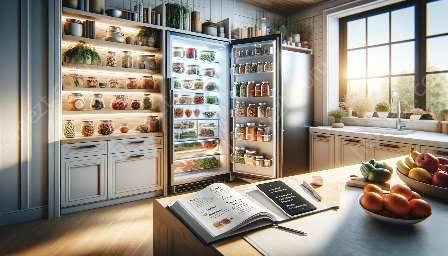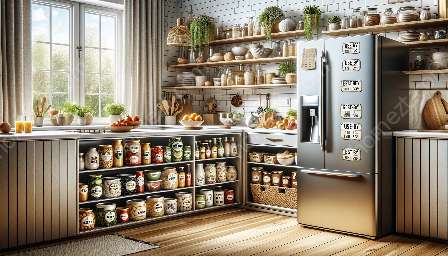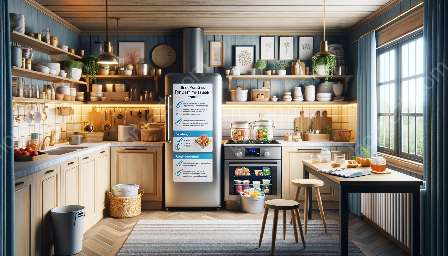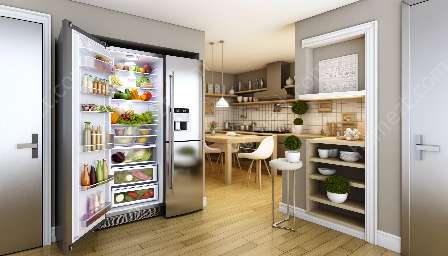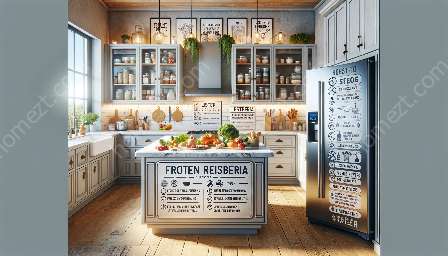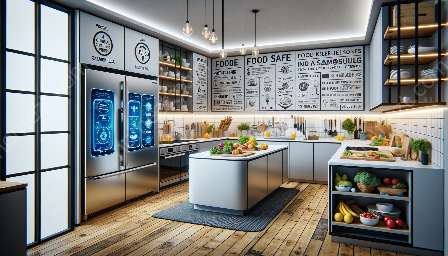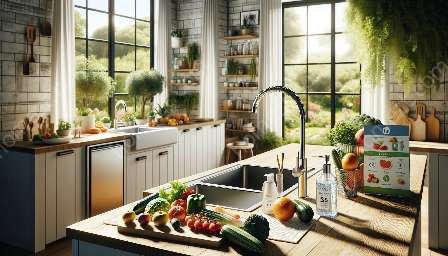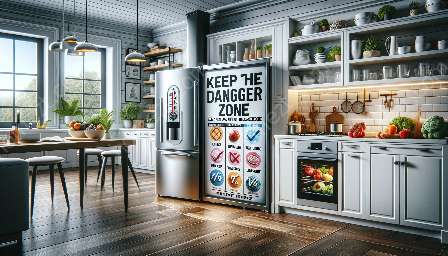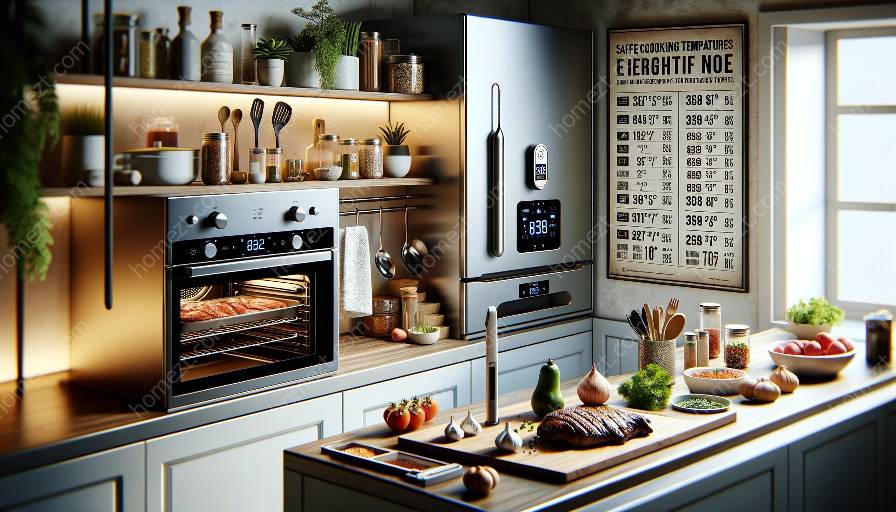Cooking is an art, but it's also a science. One of the most important factors in cooking is ensuring that foods are cooked to the right temperature to kill harmful bacteria and ensure food safety. This is critical not only for the well-being of the people enjoying the meal but also for maintaining a secure and healthy environment in the home kitchen.
Understanding the Importance of Food Safety in Home Kitchens
Food safety is a crucial aspect of home cooking. Improper food handling, storage, and cooking can lead to foodborne illnesses that can cause serious health issues. Bacteria such as Salmonella, E. coli, and Campylobacter can be present in various foods, and the only way to eliminate them is by cooking foods to the proper temperatures.
By following the correct cooking temperatures, you can ensure that your home-cooked meals not only taste delicious but are also safe to consume.
Essential Cooking Temperatures for Different Foods
It's important to know the recommended cooking temperatures for different types of foods to ensure that they are safe to eat. Here are some guidelines for various food items:
- Poultry: The internal temperature of chicken, turkey, duck, and other poultry should reach at least 165°F (73.9°C) to kill any harmful bacteria.
- Ground Meat: Ground beef, pork, lamb, and veal should be cooked to an internal temperature of 160°F (71.1°C) to ensure that any bacteria present are destroyed.
- Seafood: Fish and shellfish should be cooked to an internal temperature of 145°F (62.7°C) to ensure that they are safe to eat.
- Beef, Pork, Lamb, and Veal: Whole cuts of these meats should be cooked to an internal temperature of 145°F (62.7°C), while ground versions should reach 160°F (71.1°C).
- Eggs: Egg dishes such as quiche or casseroles should be cooked to an internal temperature of 160°F (71.1°C) to ensure that any harmful bacteria are eliminated.
- Fruits and Vegetables: While fruits and vegetables do not need to be cooked to specific temperatures, it's important to wash and handle them properly to prevent contamination.
Tips for Ensuring Home Safety & Security While Cooking
Aside from focusing on food safety, it's essential to consider home safety and security when cooking. Here are some tips to create a secure environment in your kitchen:
- Keep Flammable Objects Away: Avoid placing flammable items such as kitchen towels, paper, or plastic near the stove to prevent fire hazards.
- Use Appropriate Cookware: Ensure that your cookware is in good condition and suitable for the type of cooking you are doing.
- Install Smoke Alarms: Have working smoke alarms in your kitchen and throughout the house to alert you in case of a fire.
- Practice Kitchen Safety: Use caution when handling sharp knives, hot pans, and boiling liquids to prevent accidents and injuries.
- Secure Appliances: Make sure that all appliances are properly installed and maintained to prevent electrical hazards.
Conclusion
Ensuring correct cooking temperatures for home-cooked foods is crucial for both food safety and home safety. By understanding the recommended temperatures for various types of foods and implementing proper kitchen safety measures, you can create a secure and healthy environment for cooking delicious meals for you and your loved ones.

